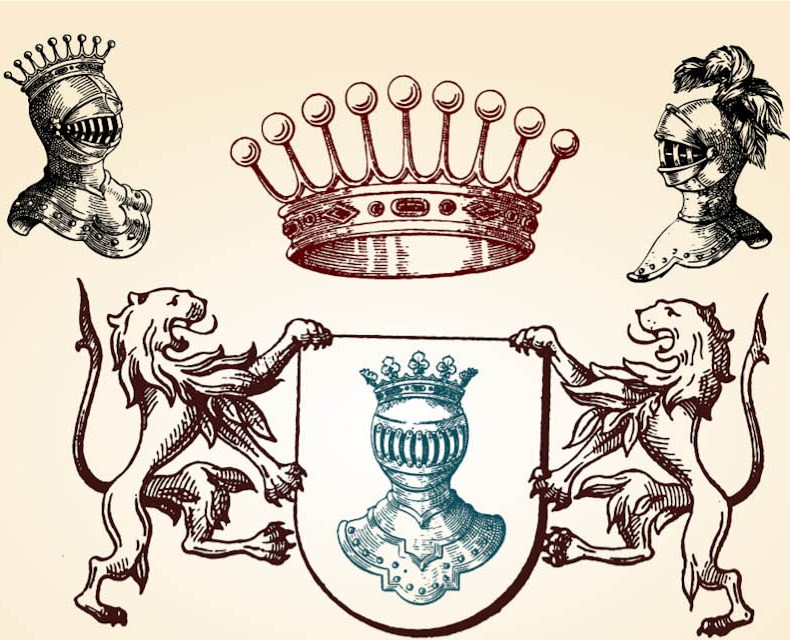
Original Eugène Delacroix Artwork of Relaxed Lions Found After 150 Years in Family Residence

Title: An Extraordinary Discovery: Newly Unearthed Delacroix Artwork Reveals Artist’s Passion for Lions
In an astonishing twist of fate, a family in Touraine, located in central France, recently uncovered that a seemingly ordinary painting hanging in their residence was an authentic creation by one of the greatest 19th-century artists—Eugène Delacroix. Concealed in plain sight for more than 150 years, the oil-on-canvas piece, titled Study of Reclining Lions, had quietly embellished the family’s home since the 1860s, following the closure of Delacroix’s studio shortly after the artist passed away.
This remarkable discovery was made during a standard property appraisal carried out by auctioneer Malo de Lusac. While inspecting the family home, a captivating artwork caught his attention. “Its magnetism drew my gaze,” De Lusac told Agence France-Presse, reminiscing about the astonishment he felt realizing he might be looking at an unrecognized Delacroix. “It was incredibly moving. Delacroix’s works are often displayed in museums, but rarely found in private collections.”
A Maestro of Emotion and Insight
Eugène Delacroix (1798–1863) was a prominent figure in the Romantic art movement, celebrated for his vibrant use of color, emotive brushwork, and dynamic arrangements that frequently explored themes of revolution, mythology, and both human and animal expression. His most famous painting, Liberty Leading the People (1830), became a symbol of revolutionary France and continues to be one of the Louvre’s most cherished masterpieces.
While his revolutionary pieces are widely recognized, Delacroix also nurtured a profound and enduring passion for animals—particularly lions. The artist dedicated extensive hours to observing live animals in the menagerie at the Jardin des Plantes in Paris and was known to attend dissections and study taxidermy to better comprehend their anatomy. Lions, embodying raw strength and majestic beauty, became one of his most compelling subjects.
A Reflection of Artistic Curiosity
The newly found artwork, Study of Reclining Lions, measures 24 by 20 inches and portrays seven lions lounging in a variety of relaxed yet regal poses. Painted in earthy shades of ochre, gold, and brown, the piece is both naturalistic and infused with the artist’s distinctive emotive flair. Muscular bodies, lush manes, and attentive expressions embody the spirit of these noble creatures, showcasing Delacroix’s keen observation and admiration for animals.
These studies transcended mere academic pursuits—they illustrated Delacroix’s quest to intimately and powerfully represent animals. His correspondence reveals how he hurried to sketch the body of “Coco,” a famous lion from the menagerie, after learning of its death, even urging fellow artist and animal sculptor Antoine-Louis Barye to join him: “The lion is dead,” he wrote. “Ride at full speed!”
Scarcity and Worth
Although Delacroix produced numerous sketches of lions, very few oil paintings dedicated exclusively to these majestic beasts exist, rendering this piece exceptionally rare and valuable. Its discovery sparked immediate enthusiasm within both academic and collecting communities. Displayed at Paris’s Hôtel Drouot, the painting surpassed initial auction estimates of €200,000 to €300,000—eventually fetching €455,000 (approximately $494,000 USD).
This unexpected revelation not only rekindled interest in Delacroix’s animal studies but also served as a poignant reminder of the enduring charm of fine art and the potential for even masterpieces to become part of everyday, unnoticed life—until an expert eye discerns what others overlook.
Conclusion
The revelation of Study of Reclining Lions reinforces Eugène Delacroix’s extraordinary ability to capture life in all its raw splendor—and strengthens his deeply personal connection to the wild. With a stroke of chance, another piece of art history has emerged from obscurity into the limelight, providing a new perspective on the passions and practices of one of Romanticism’s pivotal figures.
As Delacroix once articulated regarding his own creations, “The merit of a painting lies in its power of suggestion.” With Study of Reclining Lions, that power quietly persisted across generations—until it was finally acknowledged as the masterpiece it truly is.
Sources:
– Le Figaro: “Un tableau inédit d’Eugène Delacroix découvert près de Tours”
– FranceTV Info: “Un tableau unique d’Eugène Delacroix…vendu 455 000 euros aux enchères à Paris”
– Wikimedia Commons: “Study of Reclining Lions” by Eugène Delacroix
Further Reading:
– Explore Eugène Delacroix, the Revolutionary French Painter
– How Delacroix Captured France’s Revolutionary Spirit in ‘Liberty Leading the People’
– Lost Van Gogh Found at Garage Sale Worth $15M
– Missing Medieval Chess Piece Discovered in Family Home After